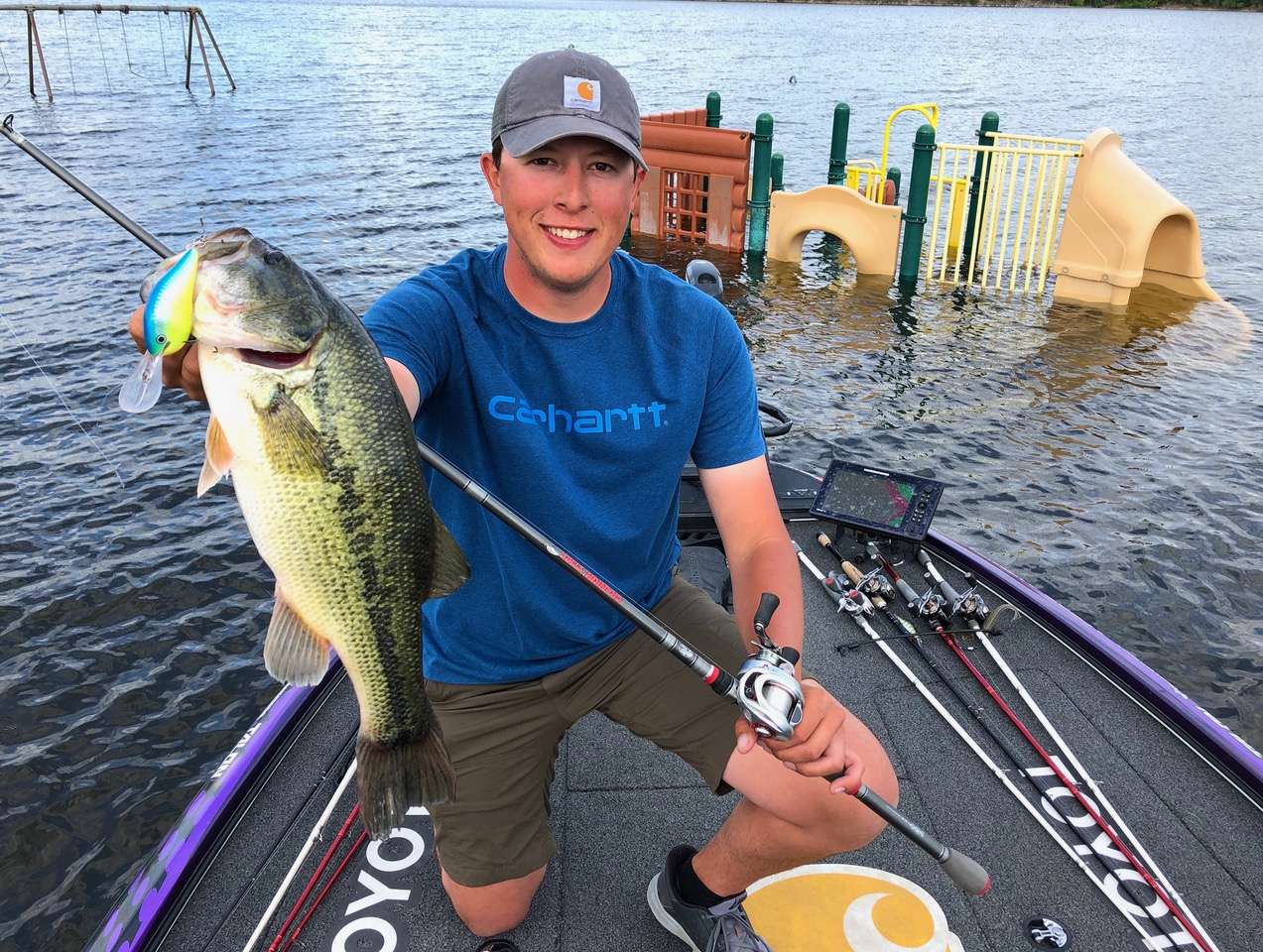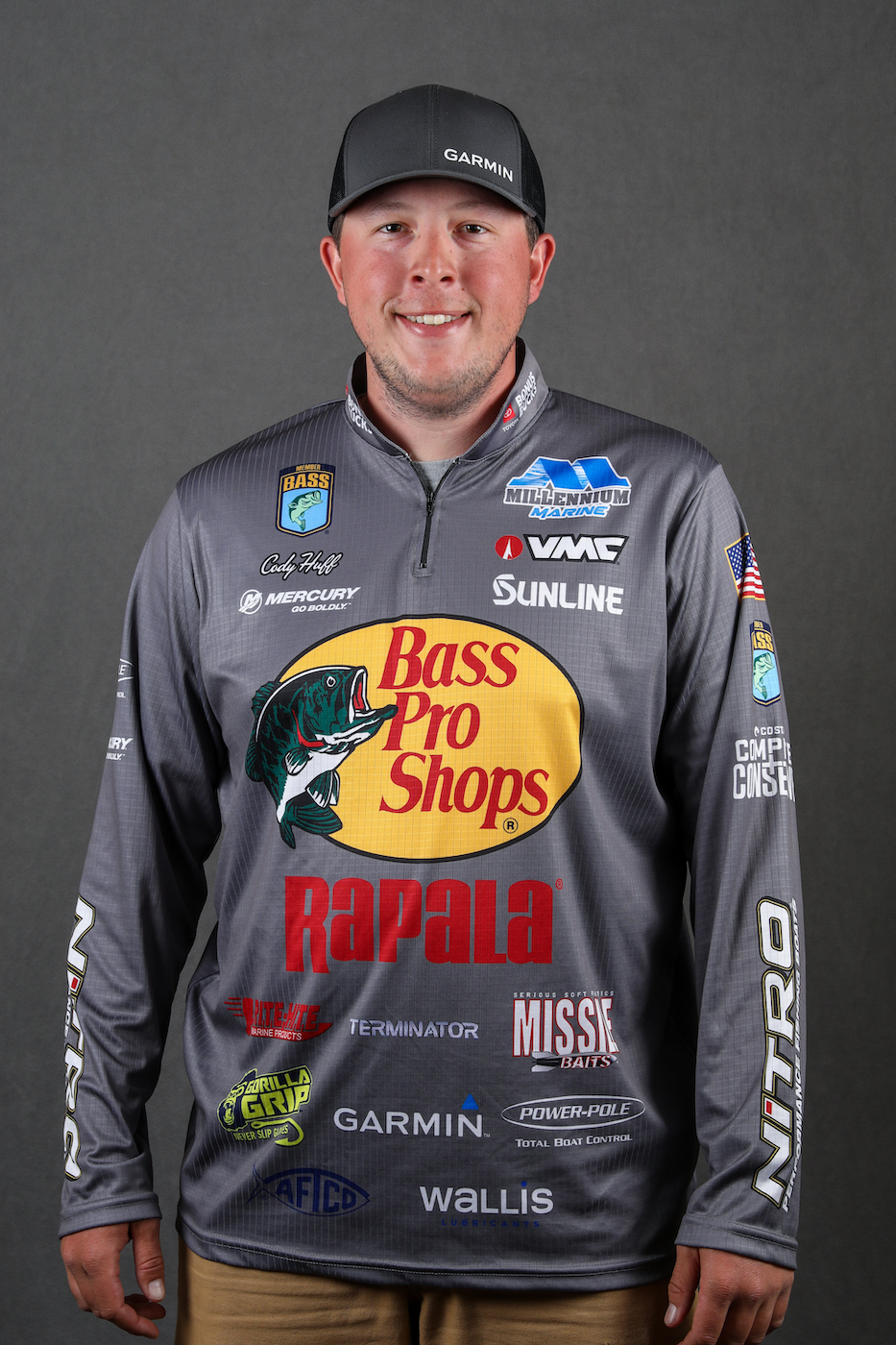
Throwing deep diving crankbaits around brushpiles and offshore structure is about as much a part of summer as a slice of fresh garden tomato on a backyard burger, and baling hay on my family’s farm.
I can remember watching Kevin VanDam fishing in what looked like the middle of the lake during hot weather, catching a bass on what seemed like every cast. And from that point on, I’ve been obsessed with learning how to catch more and bigger bass on a deep crankbait during this time of year.
I certainly don’t have VanDam’s years of experience or his incredible list of accomplishments, but I can share a couple of tips to simplify throwing these “deep diving plugs” for the average angler.
Look for the obvious
There’s no doubt finding a unique hard spot on the lake bottom can be like striking gold, but those spots are a lot harder to find. My advice if you’re looking to improve your confidence with a deep diving crankbait is to look for the more obvious brushpiles and large stumps with your sonar in that 10- to 20-foot deep zone.
Bass live in brushpiles year round, but especially in summer. If you’ll make a long cast past the brush, and retrieve your crankbait into it, and sort of “finesse walk it” or “feather it” through the pile without jerking and snagging the limbs, you’ve got a really good chance of catching a big one.
Two crankbaits you can count on
If I had to pick two crankbaits to use all summer it would be the Rapala DT 16 (dives to 16 feet) and DT 20 (dives to 20 feet). They track true right out of the package, and because they’re made of balsa wood, they tend to float and finesse their way through brush without getting snagged better than a hard plastic crankbait would.
The DT 16 is kind of my everyday choice in that depth range from about 12 to 15 feet, but if you’re trying to reach brush that’s sitting on the bottom in 15 to 20 feet – try the DT 20.
In slightly stained water, Rapala’s chartreuse/blue “Caribbean” or “parrot” colors are proven fish-catchers, but if the water is a bit clearer, their new color called “big shad” is proving to be super awesome too.
Graphite rods still get it done
The last tip I have for you about deep cranking is sort of a personal preference situation. While a lot of guys swear by the goodness of using a crankbait rod made of more flexible and forgiving fiberglass, I prefer a medium heavy rod made of sensitive graphite when finessing a crankbait through brushpiles. Mainly because I can feel exactly what the bait is doing better than I can with fiberglass.
So while the longer 7-foot, 11-inch fiberglass rods have their place in my boat for that deeper offshore river ledge scenario, if I had to choose one rod for you to use this summer with deep diving crankbaits it would be a 7-foot, 6-inch medium heavy action graphite rod.
Until next time, I hope you crank up a handful of fat 4-pounders from some deep summer brushpiles and get to eat your fair share fresh ‘maters on grilled burgers too.





